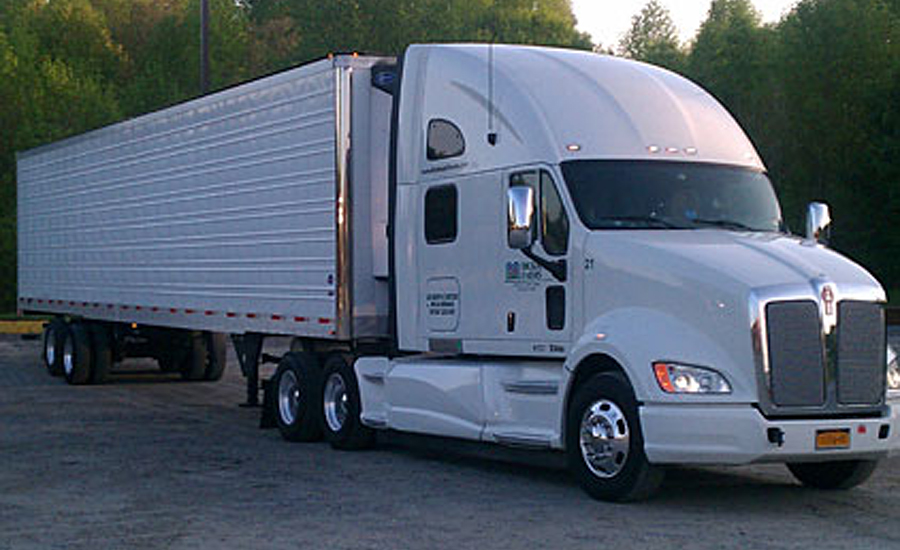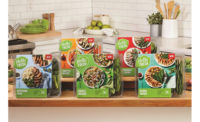As we look into the future of the industry, we see many indicators of what will help or hinder both convenience store business leaders and retail grocers alike. Supply chain procurement and finance are not only expected to hold down costs in a successful retail environment, but also support agility, speed, innovation, quality and reliability. In discussing the in’s and out’s of innovation in the retail sector today, leaders must identify new sourcing ideas, resources and solutions that help meet these demands. Grocery chains can better plan for success by utilizing these four smart strategies:
1. Visibility. Technology has made it is easier for both C-stores and retail grocery chains to capture data that is needed for greater visibility from farm to fork. However, solutions that can easily provide relevant and timely information are needed to filter through growing amounts of data and complex relationships. This is particularly useful in the case of promotions where the planning horizon is very short and ending a promotion or deciding to prolong it could make the difference between success and failure.
2. Collaborative planning. By enabling collaborative planning across merchandising, sourcing and distribution, chains can see more real-time information to help manage margins at store level. Whether it’s produce, deli, dairy or household goods, your buyers must have the ability to see and adapt. But, conventional systems and current processes don’t provide the real-time, cross-functional visibility that’s needed for C-stores and retail grocery stores to achieve true success.
3. Supply planning. Driving sales with better supply and promotions planning has never been more important for the retail grocery industry. With ever-tighter margins, the planning and execution must deliver on both agility as well as best cost choices. The choices are wide: which suppliers can manage additional volume should you build additional capacity or hold inventory, are you better off expanding existing suppliers or bringing on new suppliers? Chains benefit from farm-to-fork cost optimization with accurate cost structures for sourcing and negotiation leverage, meaning that quickly aligning costs and capacities across the supply chain partners is crucial to meeting demand.
4. COGS and store margin projections. Today’s C-store and grocery chain leaders are faced with a trifecta of challenges—rapidly changing consumer demand, more complex supply chains and ever-increasing and volatile commodity prices. Managing the unpredictability requires a much higher focus on store margins and cost of goods. With dynamic cost of goods projections, grocery chains can accurately forecast store margins and cost of goods for upcoming periods, evaluate what-if scenarios for changes to commodities and supplier costs and rapidly respond when actuals are different to the forecasts. The forward visibility makes all the difference in ensuring a well-timed, profitable promotion.
Price volatility and rising costs are constant challenges for the grocery industry. Furthermore, market demand by store cluster is variable along with market basket needs. Applying these strategies allow C-store and retail grocers to find security and success in the present dynamic environment. Doing so can also provide an integrated framework of activity-based costing and operations research to analyze forward-looking scenarios and make one’s C-store or retail grocery store more sustainable in the current industry climate.




